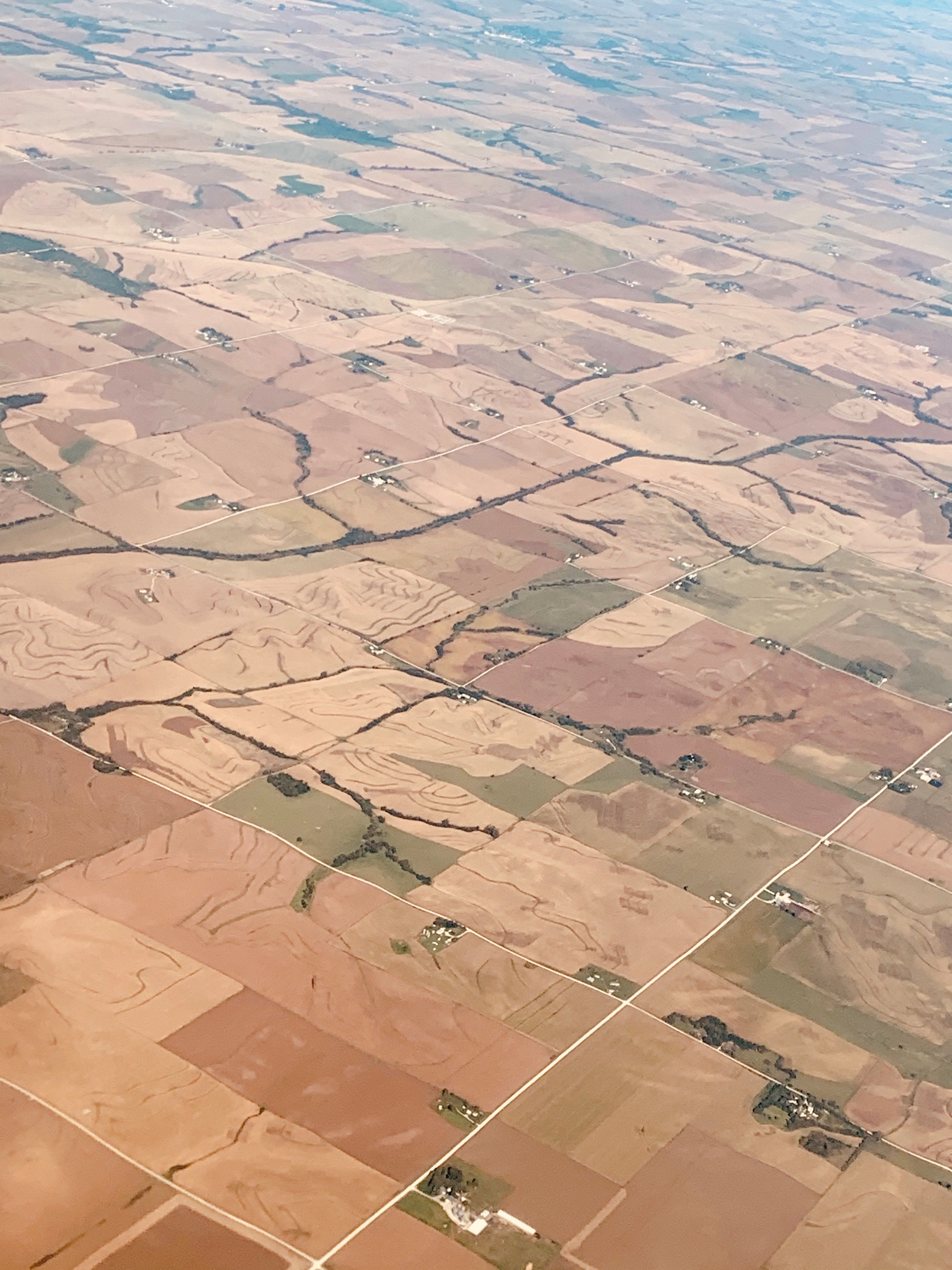Accountability and a comprehensive approach to export programming

WPI’s team helped construct a strategic approach to develop, implement, and track promotional activities in 8 key regions across the globe for an agricultural export association. With continued progress measurement and strategic advisory services from WPI, the association has seen its ROI from investments in promotional programming increase by 44 percent over the past 5 years. Not only does this type of holistic approach to organizational strategy provide measurable results to track and analyze, it fosters top-down and bottom-up organizational accountability.

 The Department of the Interior has added phosphate and potash, two key fertilizer ingredients, to the official Critical Minerals List. They are part of 60 minerals deemed vital to the U.S. economy and national security, with 10 of those being newly listed, that face potential risks from disrupt...
The Department of the Interior has added phosphate and potash, two key fertilizer ingredients, to the official Critical Minerals List. They are part of 60 minerals deemed vital to the U.S. economy and national security, with 10 of those being newly listed, that face potential risks from disrupt...
 Outside markets continued their downbeat on Friday but ag futures had a few recoveries from yesterday’s trouncing. Corn closed lower for the day and the week. The soy complex closed optimistically for the day but had a mixed week. Winter wheat closed lower on the day and the...
Outside markets continued their downbeat on Friday but ag futures had a few recoveries from yesterday’s trouncing. Corn closed lower for the day and the week. The soy complex closed optimistically for the day but had a mixed week. Winter wheat closed lower on the day and the...
 Ahead of next week’s USDA’s Crop Production and WASDE reports, WPI offers our latest projections for the corn, soybean, and wheat balance sheets. The key findings from this effort are that corn and soybean supplies are set to expand on upward yield revisions. Too, demand for corn an...
Ahead of next week’s USDA’s Crop Production and WASDE reports, WPI offers our latest projections for the corn, soybean, and wheat balance sheets. The key findings from this effort are that corn and soybean supplies are set to expand on upward yield revisions. Too, demand for corn an...